All about paving slabs "8 bricks"
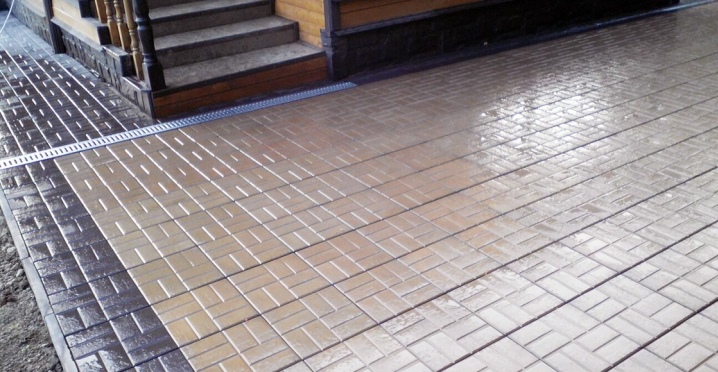
Knowing everything about paving slabs "8 bricks", about its weight and other characteristics, you can perfectly decorate your yard, playground or other place. Companies can offer gray, red and brown tiles, as well as products in some other colors. It is necessary to take into account the peculiarities of the size range - the tiles can be 300x300x30 mm, 400x400x50 mm, 500x500x50 and 400x400x40 mm.
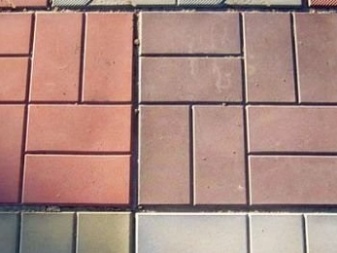

Description and scope
Paving slabs "8 bricks" are very popular among consumers. She, as the name implies, imitates the appearance of a brick. This is significantly cheaper than using natural bricks. The expressive structure enhances the attractiveness of the finish.
The color is quite standard and predictable, but sometimes design experiments are carried out in production or individual orders are carried out.
This option is supported by:
- strictness of style (suitability for any place);
- perfectly flat surface (debris will not get stuck in it);
- elegant square shape;
- increased resistance to mechanical stress;
- excellent load-bearing performance;
- resistance to meteorological influences;
- ideally even execution and arrangement of all parts, which is very important for paths in summer cottages and in gardens;
- sufficient reliability even in car parks.
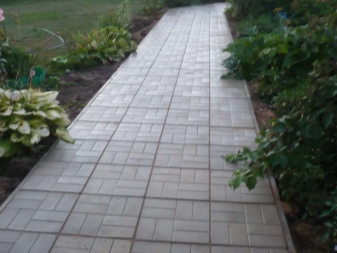

Colors
When decorating your site, the color of the tiles can be selected based on the general color scheme - either adjust to it, or, on the contrary, accentuate with tiles, choosing a contrasting color. There are possibilities for choosing a color, although there are not so many of them.
Paving slabs "8 bricks" are mainly made in the following colors:
- red;
- gray;
- brown;
- pure brick.
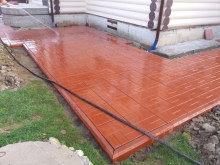
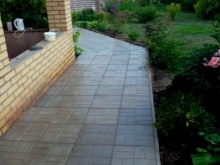

Dimensions and weight
If you need to choose the thinnest paving slabs, then it is worth considering blocks of 400x400x40 mm. This solution is ideal for home use. With a mass of 80 kg per 1 sq. m it will be possible to lay out 96 blocks of 400x400 on a standard pallet. You can also take another 40x40 cm tile, or rather 400x400x50 mm. In this case, the density will be 100 kg per 1 m3. However, 96 pieces can be stacked on the pallet in the same way.
Sometimes they try to order more durable material. Then they prefer tiles of 400x400x70 mm. Its specific gravity already reaches 150 kg per 1 cubic meter. m. 72 tiles are placed on each standard pallet. If you buy products 300x300x30, then the mass of one block is 10.5 kg. 11 pieces are placed on a typical pallet, which makes up an area of 10 m2.
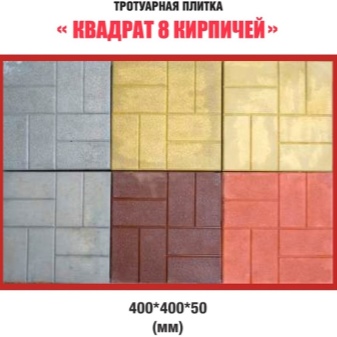

The weight of one tile is 6 kg. Accordingly, the total mass per 1 sq. m reaches 66 kg.
On pallets with a capacity of 240 pieces, enough tiles of 300x300 mm are laid out to cover 21.8 sq. m. A rather large mass is due to the fact that concrete of strength class is not worse than B22.5 is used. It is prepared on the basis of M500 cement, which initially does not contain any additives.
On the market there are also vibropressed tiles of 500x500x50 mm. For 1 sq. m account for 4 such products. The mass of one specimen reaches 25 kg. The weight of the pallet with 48 pieces is 1600 kg. As for the usual paving slabs (vibrocast), the density per 1 sq. m is equal to 100 kg, and water absorption is a maximum of 5%.
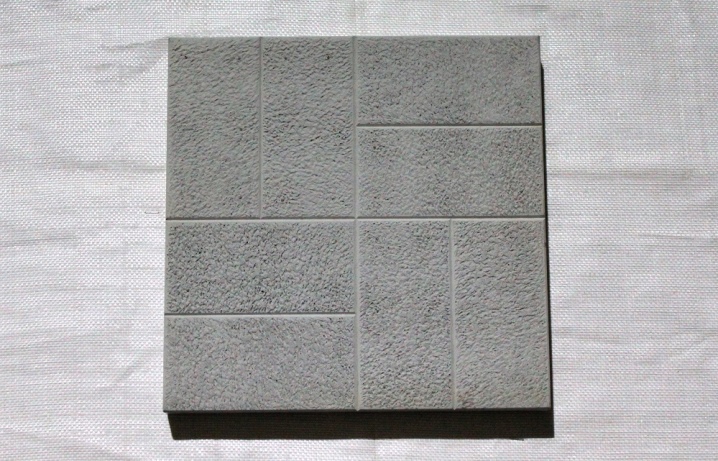
What to consider when choosing and styling?
The vibrocast type of tile is relatively simple and cheap. However, it is not always of a sufficiently high quality. The exact dimensions are difficult to maintain. A more perfect (but also more expensive, alas) solution is vibropressed material.It has excellent durability and little wear.
Thickness is critical:
- up to 4 cm - only for footpaths;
- up to 6 cm - for places with a large flow of passers-by, for bike paths;
- 8 cm is a great option for driveways, garages and street parking.
The installation itself necessarily implies accurate markings. Moreover, one should not assume that the quality and accuracy of the geometry of the tiles makes it possible to abandon its exact fit. Geotextiles are perfect as a primary base (soil separator and weed blocker). For work, crushed stone of a fraction not larger than 4 cm, river (or quarry washed) sand, borders made of stone or plastic, cement not worse than M400 are also useful.

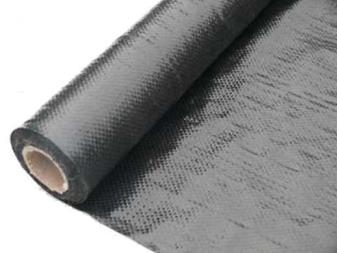
Recommendations:
- lay out such paths along which two oncoming ones can calmly disperse;
- if you have to prepare an entrance or passage for a car (motorcycle), it is necessary to provide for the ability to stand for a person without leaving the sidewalk;
- immediately when marking, leave a margin of 0.1 m on each side for future curbs;
- remove 0.3-0.35 m of the fertile layer, unless it is planned to add dense soil;
- tuck geotextiles around the edges by at least 0.2 m;
- compact the filled up crushed stone with a vibrating plate;
- avoid laying tiles on old concrete;
- from the very first rows - to track the accuracy of the calculation by level;
- eliminate all defects and deviations at once, not relying on the fact that something will correct itself;
- cut off the necessary fragments of tiles only with a powerful reliable tool;
- carefully think over the scheme in advance, in case of doubts - consult with the designers.
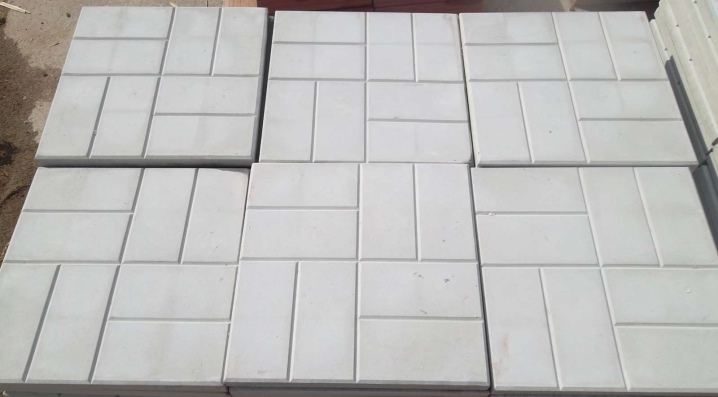













The comment was sent successfully.